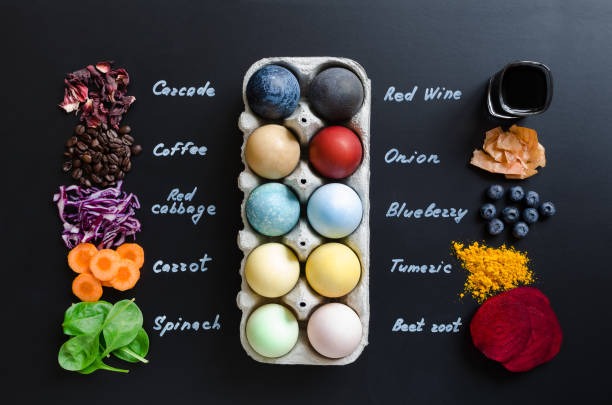In an age where consumers read labels more closely than ever before, natural food coloring is becoming a key ingredient in food and beverage innovation. The shift from synthetic dyes to plant-based alternatives is more than a trend—it’s a movement toward transparency, health, and environmental responsibility. Among the many hues found in nature, natural blue food coloring has emerged as both a challenge and a triumph for formulators worldwide.
Why Choose Natural Over Synthetic?
Consumers today aren’t just concerned with taste and texture—they’re deeply interested in what goes into their food. Artificial colors like Blue 1 (Brilliant Blue) or Red 40 may offer vibrant results, but growing concerns about their long-term health impact have led to a sharp rise in demand for clean-label products. Natural colorants, derived from fruits, vegetables, algae, and spices, provide a safer and more consumer-friendly alternative.
Brands that choose natural food coloring often benefit from stronger consumer trust, better alignment with health trends, and greater acceptance in markets with strict food regulations.
The Challenge of the Color Blue
While yellows, reds, and greens have long had natural counterparts like turmeric, beetroot, and spinach, blue has been a more elusive shade. Nature simply doesn’t offer many stable, edible blue pigments. However, recent breakthroughs have made it possible to create beautiful, reliable natural blue food coloring from plant-based sources.
Popular Sources of Natural Blue
1. Spirulina (Phycocyanin):
Spirulina, a type of blue-green algae, is currently one of the most reliable sources for natural blue coloring. The pigment phycocyanin extracted from it delivers a bright, clear blue hue. Not only is it vibrant, but it’s also rich in antioxidants and fits seamlessly into “better-for-you” product lines.
2. Butterfly Pea Flower:
Native to Southeast Asia, butterfly pea flower produces a deep, natural blue. Its unique feature? The color shifts depending on the pH level, which makes it ideal for interactive beverages and gourmet presentations.
3. Red Cabbage Anthocyanins:
Although it sounds counterintuitive, red cabbage can produce blue shades when processed under alkaline conditions. Its pH sensitivity limits some applications, but it’s a valuable option for food formulators looking to keep their ingredients kitchen-friendly.
Applications Across the Food Industry
Natural blue food coloring isn’t just a novelty—it’s finding its way into mainstream products. Think vibrant beverages, eye-catching yogurts, plant-based smoothies, popsicles, and even naturally colored confections. Food creators are using blue to create visual differentiation, align with eco-conscious branding, and delight customers seeking novelty without chemicals.
In baked goods and dairy alternatives, formulators have to address stability issues. However, with ongoing innovation—like encapsulated blue pigments and proprietary blending techniques—many of these challenges are being met successfully.
What to Watch For
As demand continues to grow, we’ll likely see more sustainable farming practices for blue-producing botanicals, greater investment in pigment stabilization, and regulatory approvals expanding across more regions.
In the meantime, brands that embrace natural colorants, especially rare and difficult shades like blue, are setting themselves apart. They’re sending a message that says: “We care about what’s in our products—and so should you.”
Conclusion
The transition from synthetic to natural food coloring is not just about color—it’s about values. And as one of the most sought-after shades, natural blue food coloring stands at the forefront of this shift. Whether it’s extracted from algae or flowers, blue from nature is turning into a powerful symbol of clean-label commitment.

